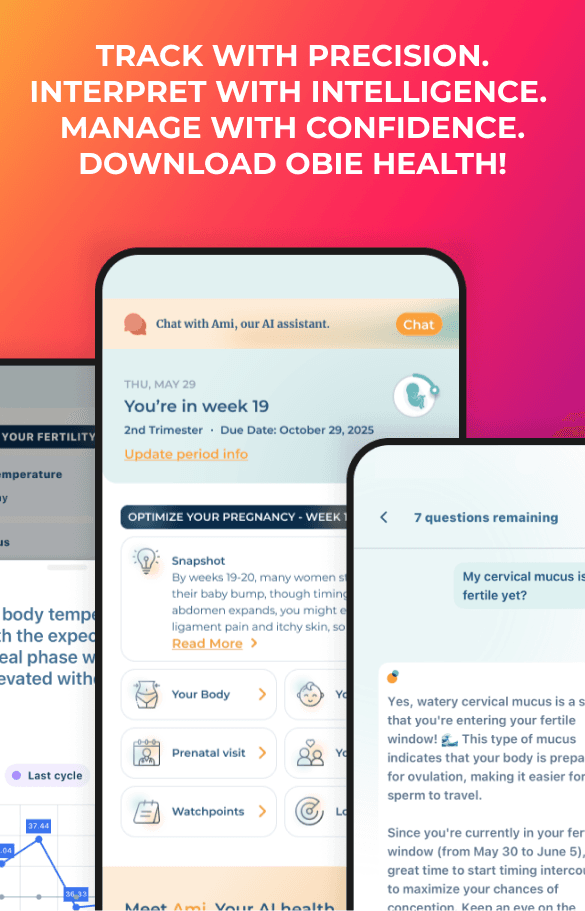Vacuum Assisted Birth and Forceps
Childbirth Class
Obie Editorial Team

Bringing a new life into the world is a profound journey, often requiring immense physical effort. If you find yourself near the end of labor feeling drained, remember that this is a natural part of the birthing process. Sometimes, when energy levels hit their limit, or the baby’s head presents a challenge due to size, medical interventions like vacuum-assisted birth or the use of forceps can be your allies in safely completing the birth. While these methods have associated risks, under the right circumstances, they provide invaluable support.
Vacuum-Assisted Birth
Occasionally, you may need a bit of help during delivery. The vacuum-assisted method can be a useful tool when complications arise. Here's how it works: a gentle vacuum is applied to the baby's head, aiding in delivery as you continue to push. Your healthcare team is trained to minimize any effects on the baby, such as the temporary "conehead" shape. Rest assured, the pliability of a newborn's skull allows easy correction. Be informed about potential risks, including scalp bruising, neonatal jaundice, and rare cases of hemorrhage, so you can make empowered choices.
Forceps Delivery
Forceps, skillfully shaped like two fitted spoons, serve as an extension of your own birthing efforts. They are designed to gently hold your baby’s head to assist while you push with precision. Like the vacuum method, this comes with similar risks—plus, potential skin tears where the forceps make contact. These tools are reserved for moments when they are essential to facilitate safe delivery. Your healthcare team will closely monitor your baby’s vital signs, engaging these methods only when the baby’s wellbeing calls for expedited delivery.
Both vacuum-assisted births and forceps deliveries are intended as last-resort options, activated when the safety and health of you and your baby are at the forefront. Your medical team is there to guide you, using their expertise to make life-enhancing decisions. Their goal is to ensure a healthy start for your baby, balancing immediate needs with expected risks. Empowered with this information, you and your partner can have informed discussions and a clear understanding of these options during your birthing experience.









